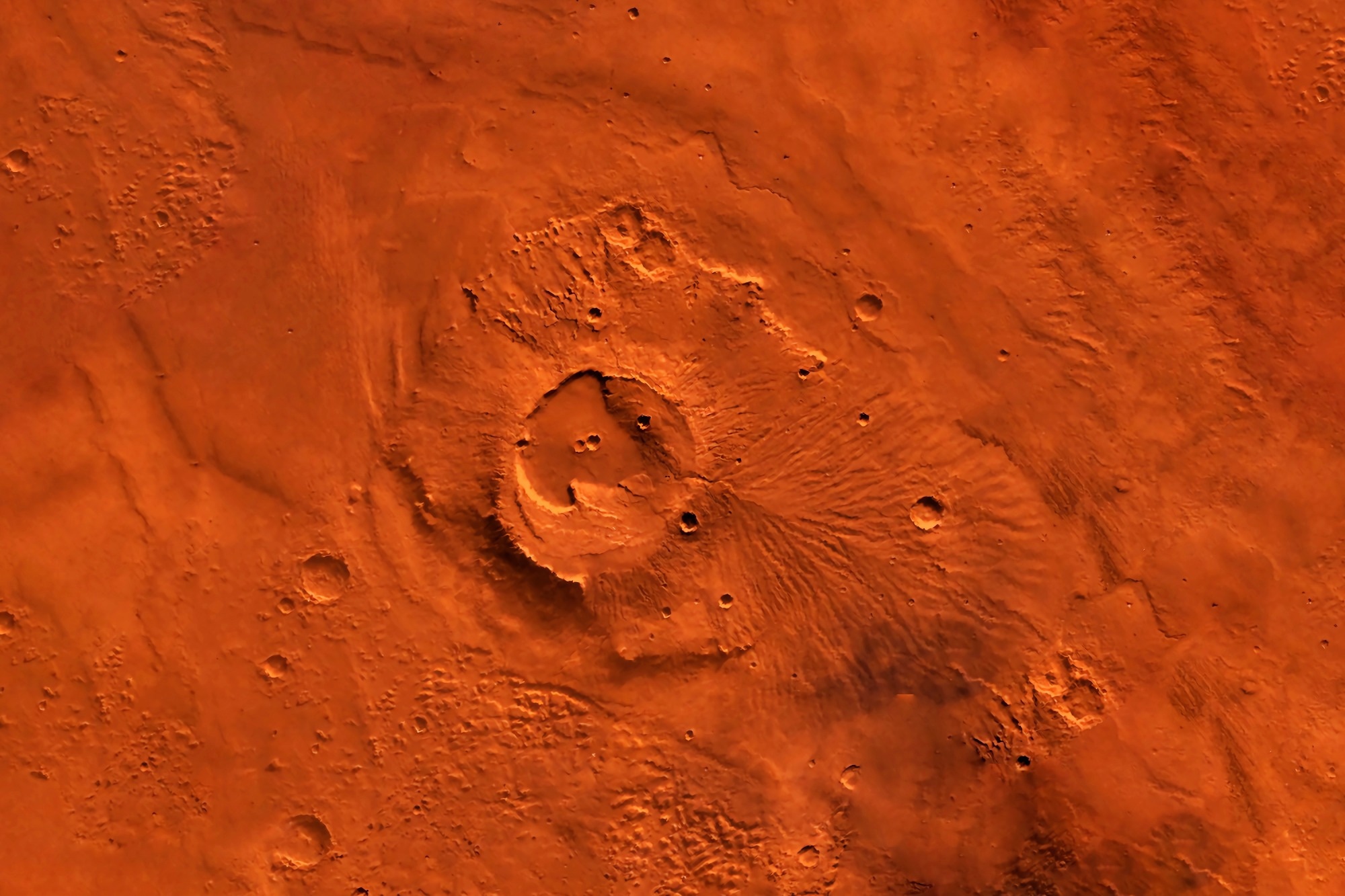
Image Credit: Artsiom P/Shutterstock.com
NASA scientists are also testing a new sampling strategy that allows selected rock cores to remain unsealed, giving the mission added flexibility as exploration continues. Together, these efforts are helping build a clearer picture of Mars’ geologic past and its potential for supporting life.
Since touching down on Mars, Perseverance has been on a mission to search for signs of ancient microbial life and collect rock and soil samples for future return to Earth. Its latest area of focus, Krokodillen, lies along the lower slope of Jezero Crater’s rim. What makes this region particularly compelling is its geological position: it straddles the boundary between the crater’s ancient rim and the younger surrounding plains.
Early observations suggest that Krokodillen’s bedrock, rich in clay minerals, may date back to Mars’ Noachian period - the planet’s earliest geologic era. Because clay forms in the presence of water and can preserve organic molecules, it’s a key target in the search for evidence of past life. Adding to the intrigue, orbital data have identified olivine and carbonate minerals in the area. These can offer further clues about Mars’ volcanic activity and early climate, hinting at a time when water may have been stable on the planet’s surface.
Why This Region Matters
Krokodillen spans about 73 acres and features rocky outcrops that predate the asteroid impact that formed Jezero Crater. In short, these rocks are among the oldest that Perseverance is likely to encounter. Their composition makes them especially valuable. Clay minerals point to the past presence of liquid water. Olivine, which forms as magma cools, and carbonates, often created in water-rich environments, help scientists learn more about the planet’s volcanic activity and atmosphere.
By analyzing these materials, researchers hope to reconstruct Mars’ early environment and assess whether it once supported conditions suitable for life. Every layer, mineral, and texture in this ancient terrain could hold a piece of the planet’s story.
A More Agile Sampling Approach
To make the most of its discoveries, Perseverance is using a more flexible sampling method. Previously, the rover would immediately seal each collected core. Now, it can leave some unsealed, giving the mission team the option to prioritize even more compelling samples as they’re discovered.
One recent example is the “Bell Island” sample, which contains spherules - small, round features that might hold important clues about water-related or atmospheric processes. If a better target comes along, the rover can discard Bell Island and collect something new. Engineers have confirmed that unsealed tubes remain protected from contamination, thanks to Perseverance’s carefully designed storage system.
This adaptive approach means the rover can respond in real time to new findings, helping ensure the most scientifically valuable material makes it back to Earth.
What Comes Next
Perseverance’s exploration of Krokodillen is a significant step in the broader effort to understand Mars’ past. The ancient rocks here offer one of the clearest windows yet into the planet’s early history. Combined with the rover’s dynamic sampling strategy, this phase of the mission is yielding rich opportunities for discovery.
As Perseverance continues to traverse the Martian surface, each sample it collects adds to a growing body of evidence about what the planet was like billions of years ago. The findings could not only shed light on Mars’ geological evolution, but also move us closer to answering one of science’s most profound questions: Did life ever exist beyond Earth?
Disclaimer: The views expressed here are those of the author expressed in their private capacity and do not necessarily represent the views of AZoM.com Limited T/A AZoNetwork the owner and operator of this website. This disclaimer forms part of the Terms and conditions of use of this website.